
- Home
- Research Navigation
-
Products
- Recombinant antibody
- Tag Nano-Antibody
- Recombinant Tag Antibody
- Nano-Secondary Antibody
- Recombinant Secondary Antibody
- For IP Nano-Secondary Antibody
- For WB Nano-Secondary Antibody
- Nanoselector
- Smart Ligands®
- Smart Booster
- SmartCapture® For Purification
- Flow Cytometry Antibody
- Recombinant VHH
- Antibody Biosimilar
-
Service
- Technical support
- About
- Blog
Nano-DT: A Superior Antibody Internalization Kit Compared to DT3C
Antibody internalization efficiency significantly impacts ADC drug candidates, and accurate characterization of this efficiency is crucial for early-stage ADC screening. Choosing an appropriate antibody internalization Kit can make the entire antibody evaluation cycle more efficient and rapid.
DT3C is a more widely used, cost-effective, and accurate assay for antibody internalization efficiency compared to currently used techniques for measuring antibody internalization efficiency, such as acidic buffer elution, mAb-ZAP, and pHrodo technology. DT3C is composed of a diphtheria toxin (DT) without a receptor binding domain and the C1, C2, and C3 (3C) domains of Streptococcus protein G. ProG binds to the antibody to form a mAb-DT3C complex, which is internalized along with the antibody and subsequently kills cells with the help of diphtheria toxin, thereby detecting antibody internalization. However, proG has poor binding ability to antibody IgG (KD value is about 10^-8), and the formed mAb-DT3C complex is not stable enough. When detecting trace antibody internalization, some mAb-DT3C complexes still dissociate, thus affecting the accuracy of antibody internalization detection.
To address the instability of the mAb-DT3C complex. Based on unique nanobody discovery platform, AlpVHHs has developed a next-generation antibody internalization kit, Nano-DT. By fusion-expressing an ultra-high-affinity nanobody with DT, Nano-DT rapidly forms a more stable mAb-Nano-DT complex with the antibody being tested, resulting in lower-dose antibody internalization sensitivity and providing an excellent solution for antibody internalization detection.
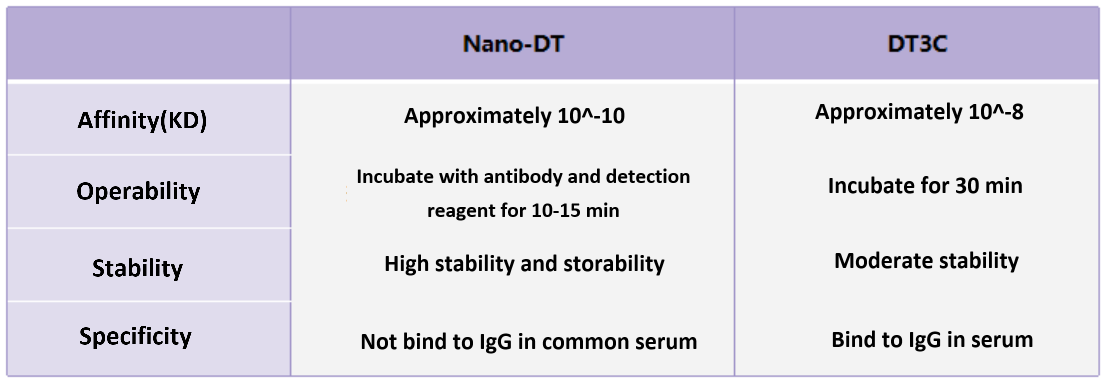
BLI detection of Anti-Human IgG (Fcγ fragment specific), AlpSdAbs® VHH
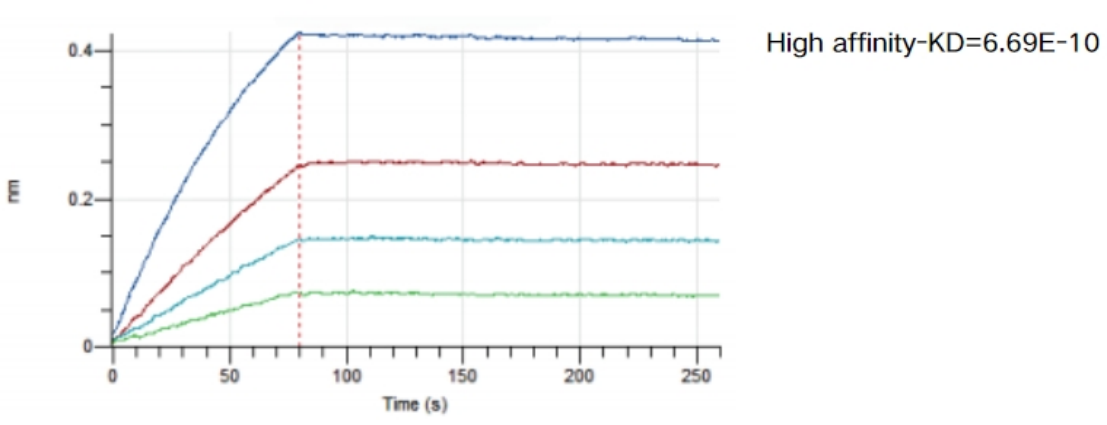
* Nanobody has high affinity and bind to IgG more stably.
BLI detection of Anti-Mouse IgG kappa, AlpSdAbs® VHH
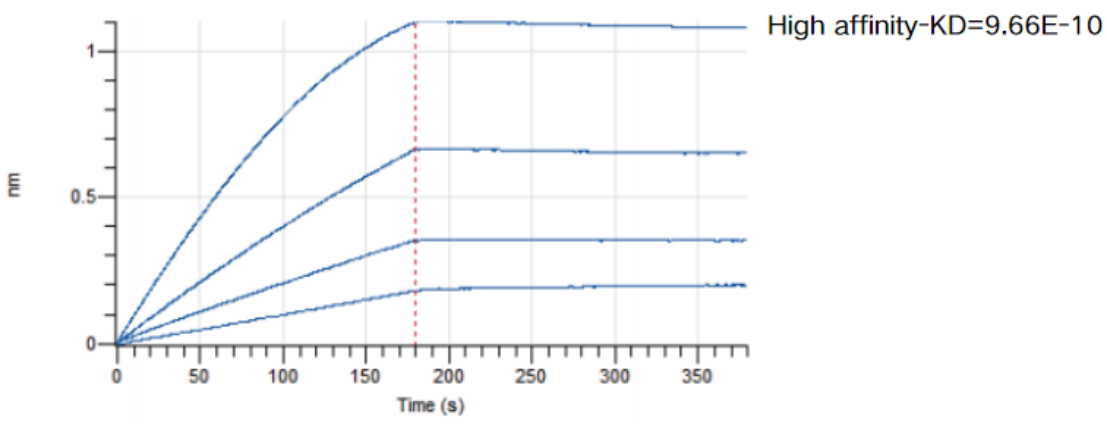
* Nanobody has high affinity and bind to IgG more stably.
Case Study
Detection the cytotoxic profile of Talquetamab for HEK293-hGPRC5D by Nano-DT(Anti-Human IgG, AlpSdAbs® VHH(DT))
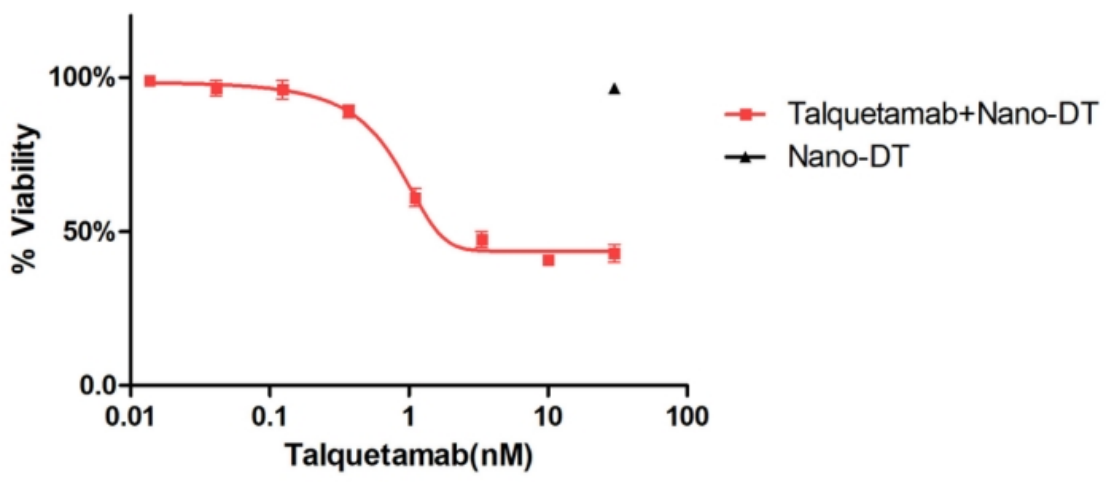
* Nano-DT has an excellent signal-to-noise ratio and the reagent itself does not induce cell killing.
Detection the cytotoxic profile of Talquetamab for HEK293-hGPRC5D by Nano-DT(Anti-Human IgG, AlpSdAbs® VHH(DT) )OR DT3C
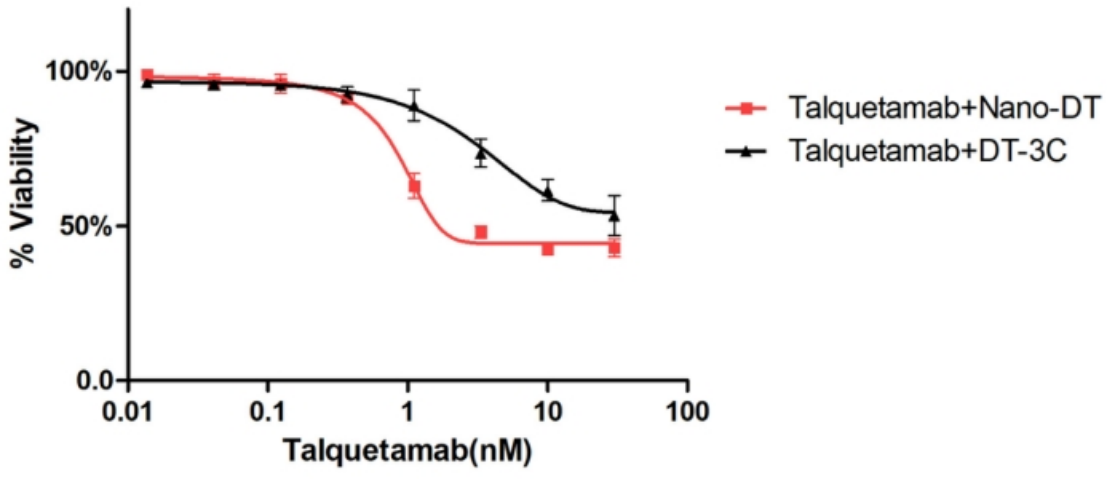
*Nano-DT has lower antibody internalization detection sensitivity.
Advantages of Nano-DT for detecting antibody internalization:
Simple operation: A stable mAb-Nano-DT complex conjugate is formed after only 10-15 minutes of incubation at room temperature.
Higher stability: The mAb-Nano-DT complex conjugate is highly stable and storage-resistant.
High specificity: It does not bind to IgG in common serum, resulting in higher accuracy.
Excellent signal-to-background ratio.
High internalization efficiency: The antibody internalization efficiency is significantly higher than that of Mab-ZAP.
Rapid evaluation: The internalization efficiency of a large number of antibodies can be evaluated through high-throughput assays such as MTT, WST-1, and CTG. It is suitable for high-sensitivity and high-throughput immunotoxin-coupled killing detection in the hybridoma supernatant stage screening.
Code | Description | Size |
023-101-020 | 100μg | |
001-101-020 | 100μg |
AlpVHHs is a leading nanoantibody research and development, production, and service provider in China. AlpVHHs is committed to developing and launching more efficient, stable, and simpler antibody reagents, making scientific research faster, more accurate, and more reliable. For more details, please visit our website https://www.alpvhhs.com.

